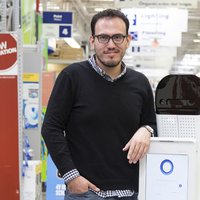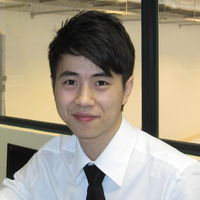Artificial intelligence & robotics
Angela Schoellig
Her algorithms are helping self-driving and self-flying vehicles get around more safely.

Global
Lorenz Meier
An open-source autopilot for drones.

Latin America
Marco Mascorro
Robots capable of managing the inventory of any establishment in real time which could save billions of euros

China
Xiaodong Zeng
Continuous crossover innovation: creator of Alibaba’s unmanned supermarket Taocafe

India
Prasant Misra
Auditory sensing for micro unmanned aerial vehicles (UAVs or drones)
